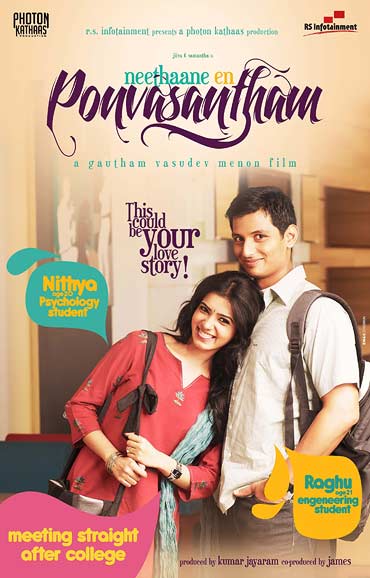
› 0 › beautiful-and-tranquil-hermitages-…īeautiful and Tranquil Hermitages of Ancient India | Tamil and … – Here are some quotes from ‘Svapnavasavadatta’, his masterpiece and one of the best dramas available today:. – Posts about Udayana’s encounter with elephants written by Tamil and … Interesting stories about elephants are found in Indian literature. Udayana’s encounter with elephants | Tamil and Vedas › tag › udayanas-encounter-with-elephants This play contains some of Bhasa’s greatest characters. The complete text of the Svapnavasavadattam was long lost until it was discovered in Kerala in 1912.A tradition is recorded that when the critics subjected the plays of Bhasa to a severe test by throwing them into fire, only Svapnavasavadattam rose out unaffected, while other plays were all consummated by the flames. It forms, in context, a continuation of his another drama, Pratijnayaugandharayana. The main theme of the drama is the sorrow of Udayana for his queen Vasavadatta, believed by him to have perished in a fire, which was actually a rumour spread by Yaugandharayana, a minister of Udayana to compel his king to marry Padmavati, the daughter of the king of Magadha. The plot of the drama is drawn from the romantic narratives about the Vatsa king Udayana and Vasavadatta, the daughter of Pradyota, the ruler of Avanti, which were current in the poet’s time and which seem to have captivated popular imagination. (Bhasa lived in 3 rd or 4 th century BCE). It is probably the best known of Bhāsa‘s works. Svapnavasavadattam ( Sanskrit: स्वप्नवासवदत्तम्, Svapnavāsavadattam) ( English: The dream of Vasavadatta) is a Sanskrit play in six acts written by the ancient Indian poet Bhasa. Episodes like those developed round Manorama, Vinayavati, Sagariika are apt illustrations, in some of which the amiable and accomplished rival claimant to the king’s affection is no less a favourite with the reader than the main heroine. The mutual respect and affection of the two queens, born of Vasavadatta’s majestic demeanour and Padmavati’s stately courtesy.Ĭlassical Sanskrit literature is replete with examples of this type of adaptability, which is in keeping with the inner promptings of constancy that had their inspiration at least from the Epic Age.

Her recognition or appreciation of Padmavati as her valued co-wife is a thing not uncommon in literature and in history for Hindu wives of high birth and position. The Samudragriha episode affords solace to her, proving, if any proof was necessary, that she was, as before, the king’s beloved par excellence. She accuses none for her ordeal of separation but relentless fate. She reconciles herself to her new position as the trusted and respected attendant maid, in which occupation, she has to weave the marriage garland of Padmavati and do other unwonted and difficult things. Yaugandharayana’s policy succeeds because of the force of the circumstances and of the self -effacement of Vasavadatta, who offered him her ungrudging aid. In two the Bhasa plays, we have Vasavadatta as the figure round which the whole course of events turns. There have been poets and dramatists who have brought her character into fine relief by presenting her in comparison and contrast with other queens Padmaavatii,Saagarikaa and Priyadarshikaa. The features of sensitive pride and surrender to the cause of the husband are not clouded, but shine in her pre-eminently. Vasavadatta the far famed queen of Udayana is the character where the recognised romantic ideal (sachiva, sakhii, shishya) is brough to a highest level of execution. Here is piece about her in the Great Women of India. She was the heroine of Subhandhu’s ‘ Vasavadatta’. Vaasavadataa, princess of Ujjaiyini, saw him in a dream and fell in love with him. One more interesting thing is that it has reached the Southern most of part of India and became a hero in Tamil kavyas. Udayana – Vasavadatta love affair is from the secular side and more historical. Though we have Nala- Damayanti, Sathyavan- Savithri, Krishna – Rukmini, Arjuna – Chitrangada and other such love stories they all become part of religious literature. He was the hero of a popular love story, probably the earliest love story in India, a real life story.

He was the king of Vatsa and called Vatsaraja. UDAYANA was a prince of lunar race/ Chandra kula. Date uploaded in London – 31 January 2020Ĭontact are taken from various sources for spreading knowledge this is a non- commercial blog.


 0 kommentar(er)
0 kommentar(er)
